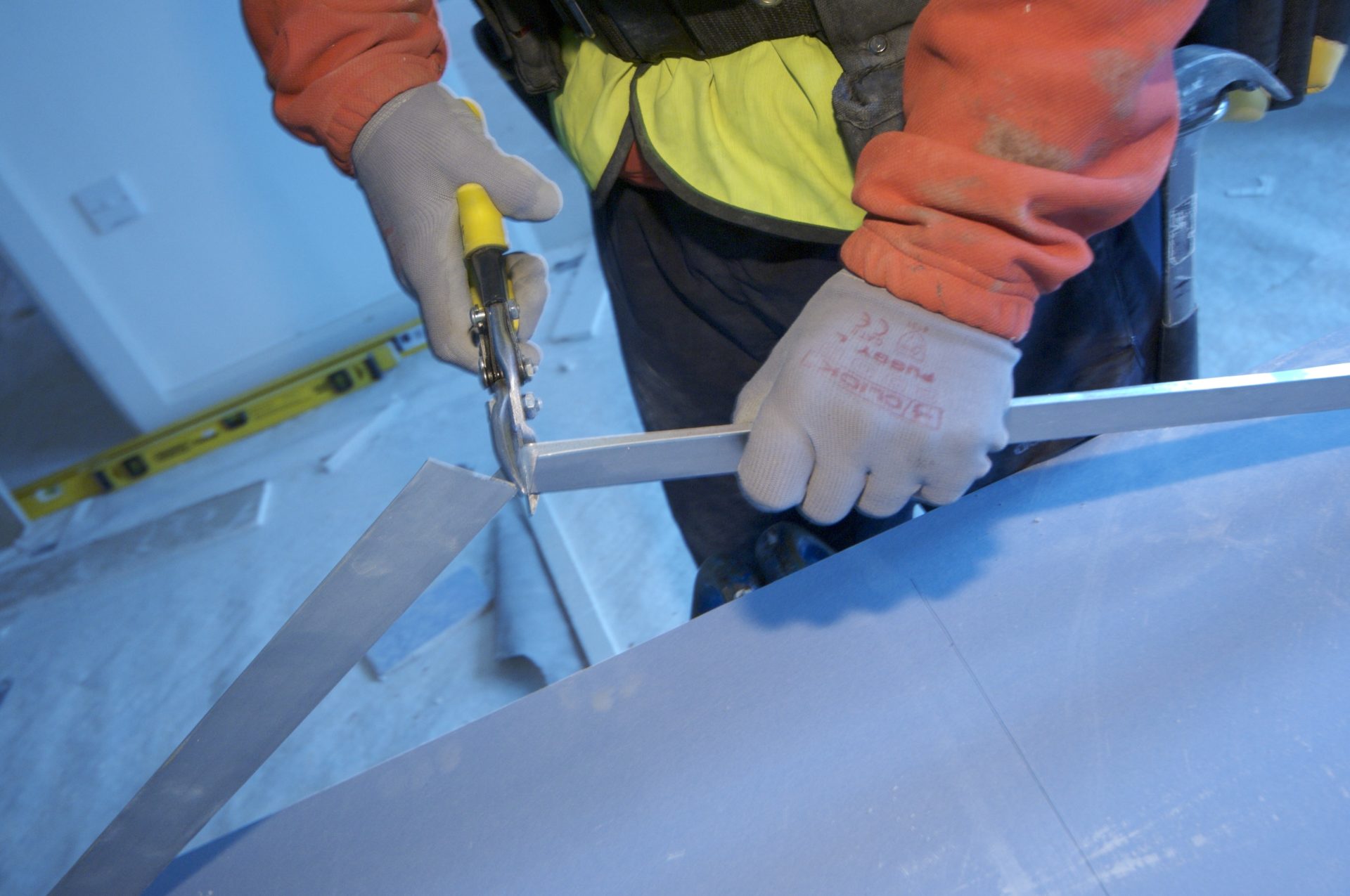Risk-taking is unacceptable when it comes to issues of health and safety, but why do some people still do it, and how can you move away from a risk-taking culture?
There are many ways to define ‘risk’, but in terms of health and safety, the following is a good description: Foreseeable situations and factors that present a genuine danger to the health and safety of workers or the public. Because the ‘factors’ referred to can be identified in advance, your business has a duty to reduce or mitigate the associated dangers. Unfortunately, some people will still take risks. Every incident is different, but here’s an overview of why people are willing to do so.
To save money
Cutting corners to protect profit margins is common – and sadly many businesses still see health and safety provisions as another cost code, rather than an important safeguard for their employees. Some will simply avoid health and safety spending, placing people in danger. Ironically, the long-term costs of failing to protect workers will be far greater. Aside from the fines associated with prosecution by the Health and Safety Executive (HSE), unprotected workers are at far greater risk of sickness or injury, leading to more time off work, and reduced productivity.
Ignorance
Sometimes risks are taken because the risks themselves have not been properly identified in the first place. By rushing risk assessments (or failing to conduct them in the first place), entirely foreseeable dangers are missed, meaning the site operator cannot implement the necessary safety measures.
To “save time”
Health and safety checks take time, which some people view as an inconvenience. So, in order to complete a task more quickly, they will simply choose not to do the job using the safeguards provided. But failing to properly fit a dust mask to complete a “five-minute job” could easily result in long-term illness through silicosis, for instance.
Stupidity and bravado
Workplace banter is important for employee morale, so long as the jokes don’t go too far. When a prank gets out of hand, or when workers feel they must prove something to their colleagues, common sense may go out the window. They are then much more likely to ignore the safeguards and rules designed to protect them.
Facing the unavoidable
None of the excuses listed here is acceptable for failing to manage workplace risks. Your business has a legal responsibility to minimise risk, and you will be prosecuted for failures – even if you didn’t know those risks existed. For many organisations, this will mean changing ingrained working practices and mindsets to ensure that everyone plays their part. Dodging responsibility and cutting corners will only cause problems in the long term.
Make workplace risk an integral part of all training
Every time an employee receives training, be sure that the health and safety risks are emphasised. By doing so, workers will understand that you are just as interested in their welfare as you are their skill levels – and that health and safety really is a priority for your business. This goes beyond induction training, too – remember that every training course needs to consider the risks related to their work. Even tool box talks should contain an element of working more safely. Safe working practices don’t just happen; they are the result of hard work and determination by everyone in your organisation. Making the workplace safer benefits everyone – from those most likely to be injured, to senior management who have to count the cost of lost productivity when employees are incapacitated.
Big fines are a reality
Recent research has noted that of the 292 fines issued for health and safety breaches during 2016/2017, more than 18 were for sums in excess of £1 million. There were just two of that magnitude during 2015. It is quite clear that judges are willing and able to use the full force of the law to punish those businesses that fail to protect their workers and the general public. It should also be noted that the construction sector paid the most in fines over the last year.
Protect your business against fines
Obviously, the most effective way to avoid enormous fines is to meet your responsibilities in the first place. Prevention is always the best approach. It is also important to note that your business could face prosecution for near misses. Where an on-site near miss has a high likelihood of causing harm, you could still be charged and fined – even if no one is actually seriously injured. Risk-taking is unacceptable when it comes to issues of health and safety. To learn more about conducting effective risk assessments and implementing proper safeguards, get in touch with Veritas Consulting.
David Cant
Veritas Consulting
www.veritas-consulting.co.uk


